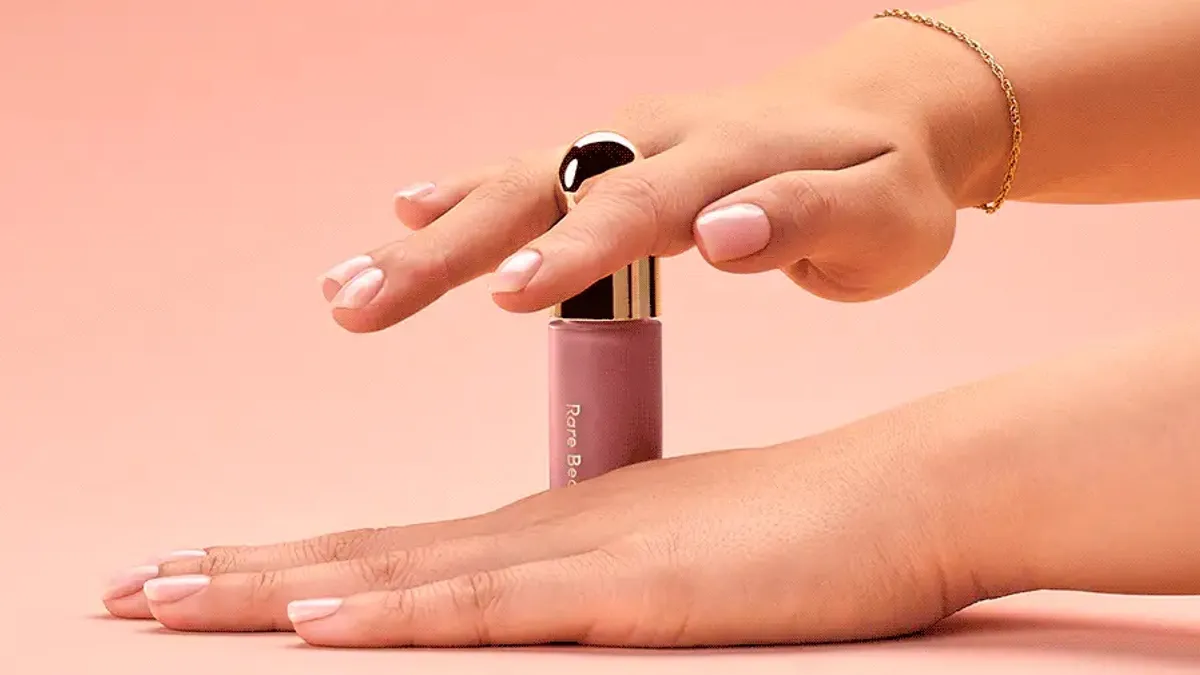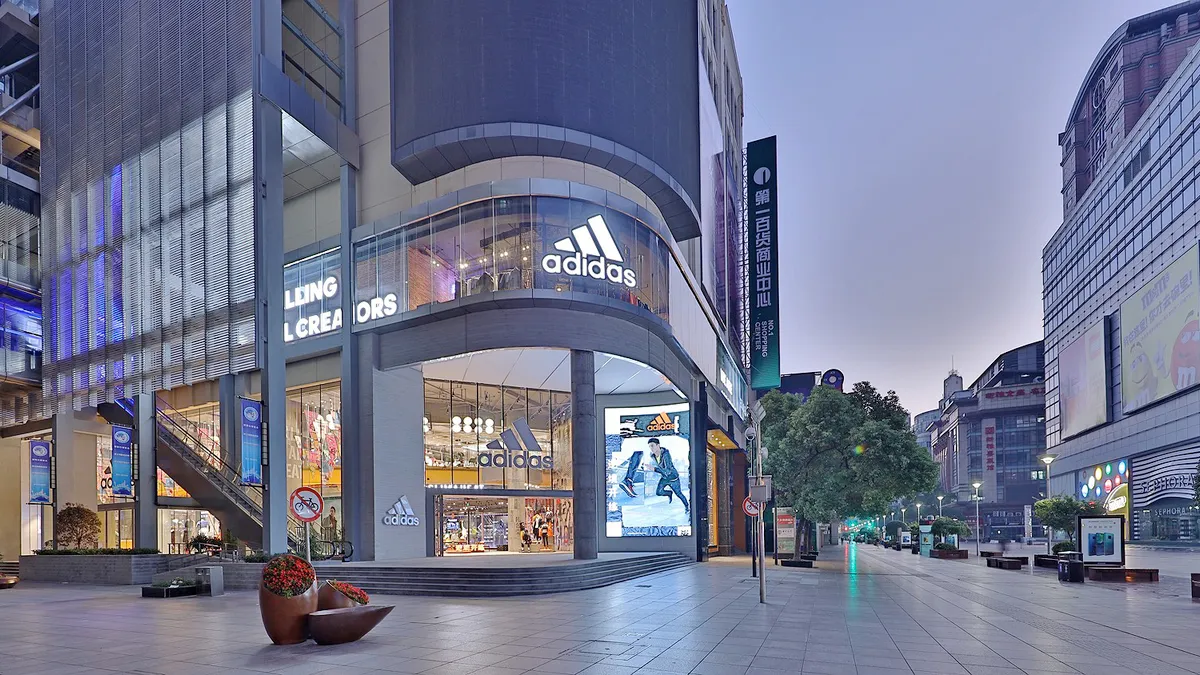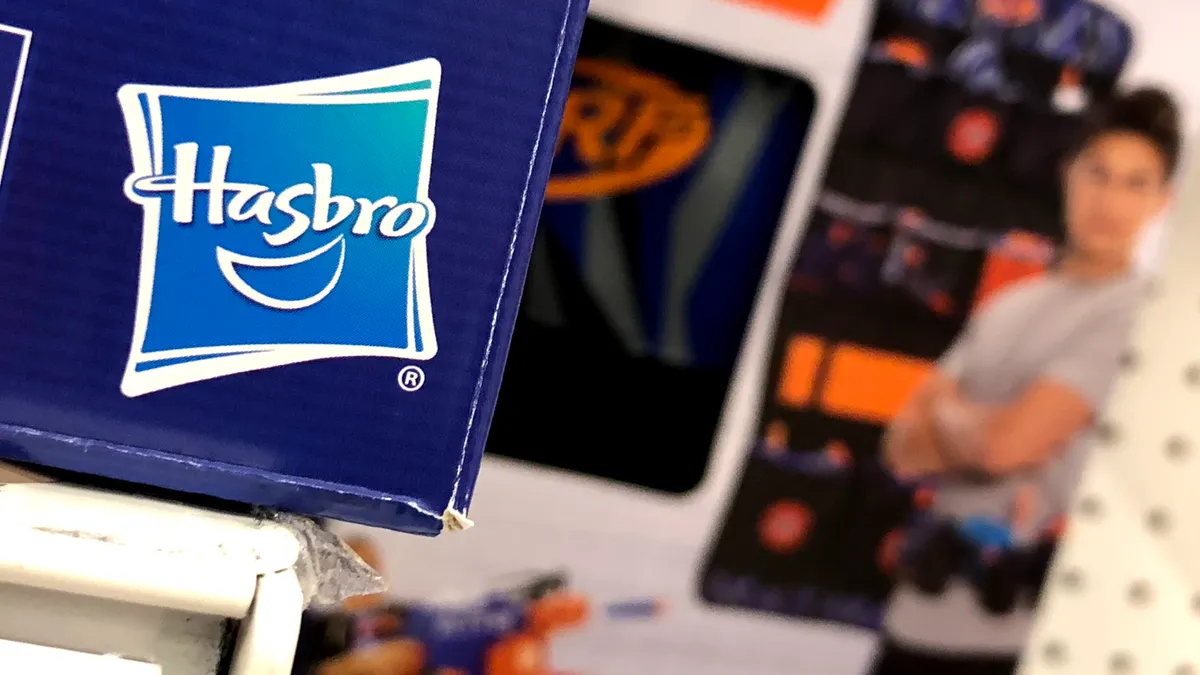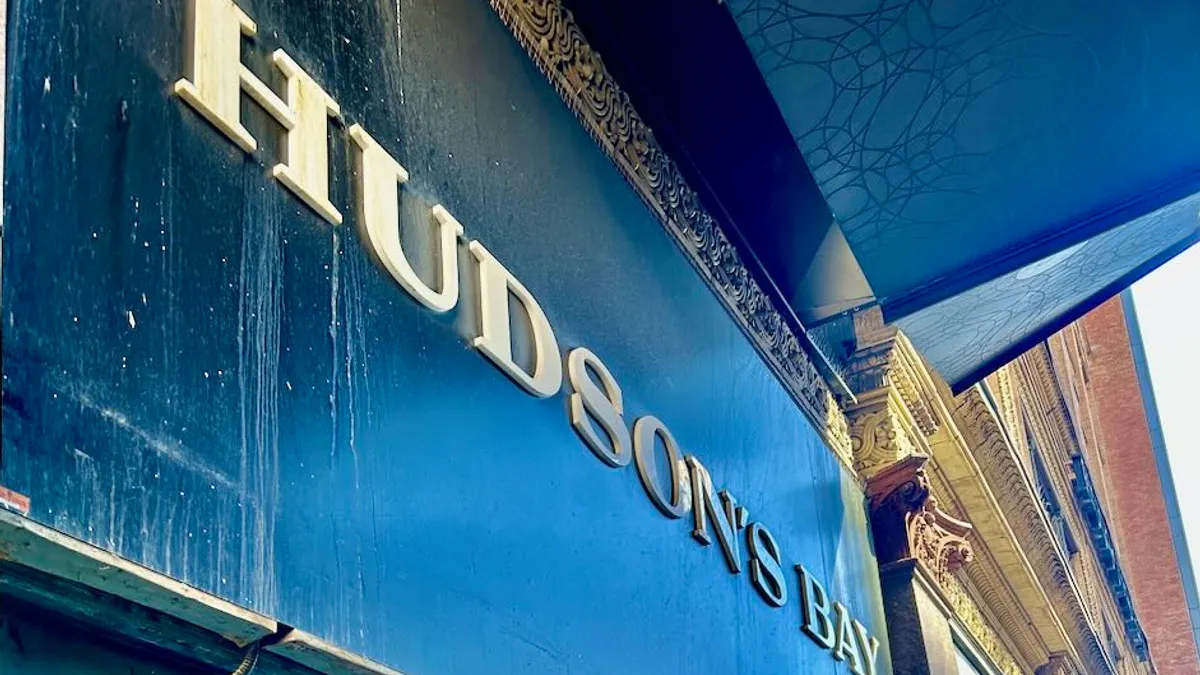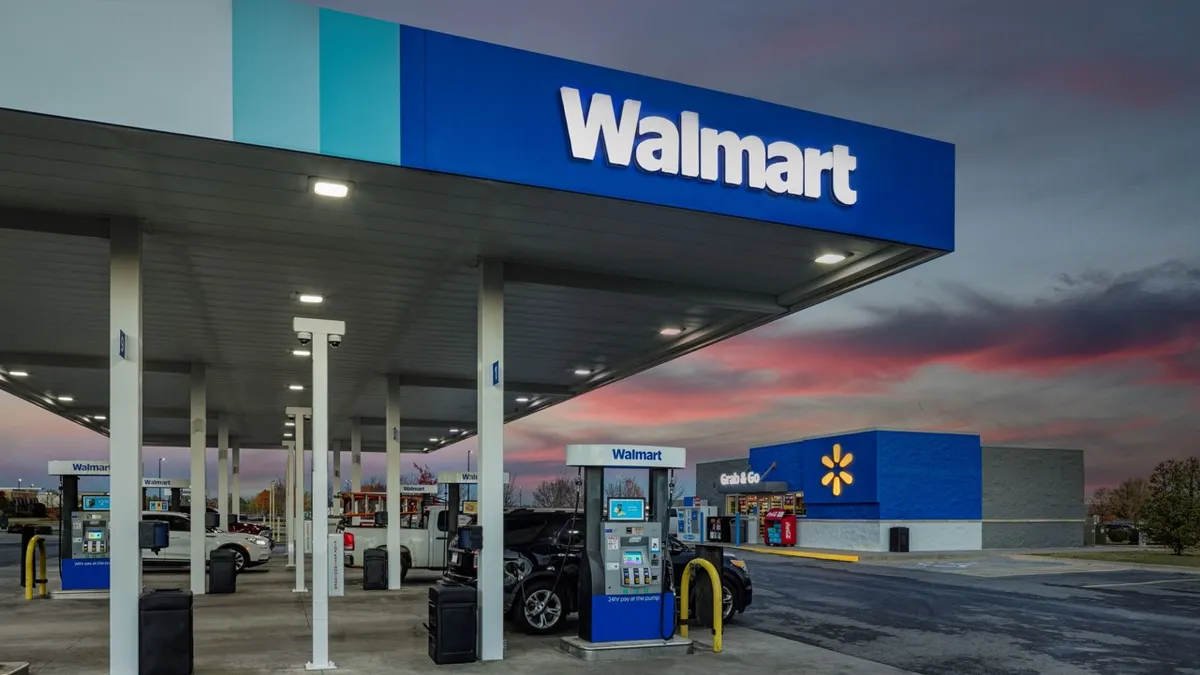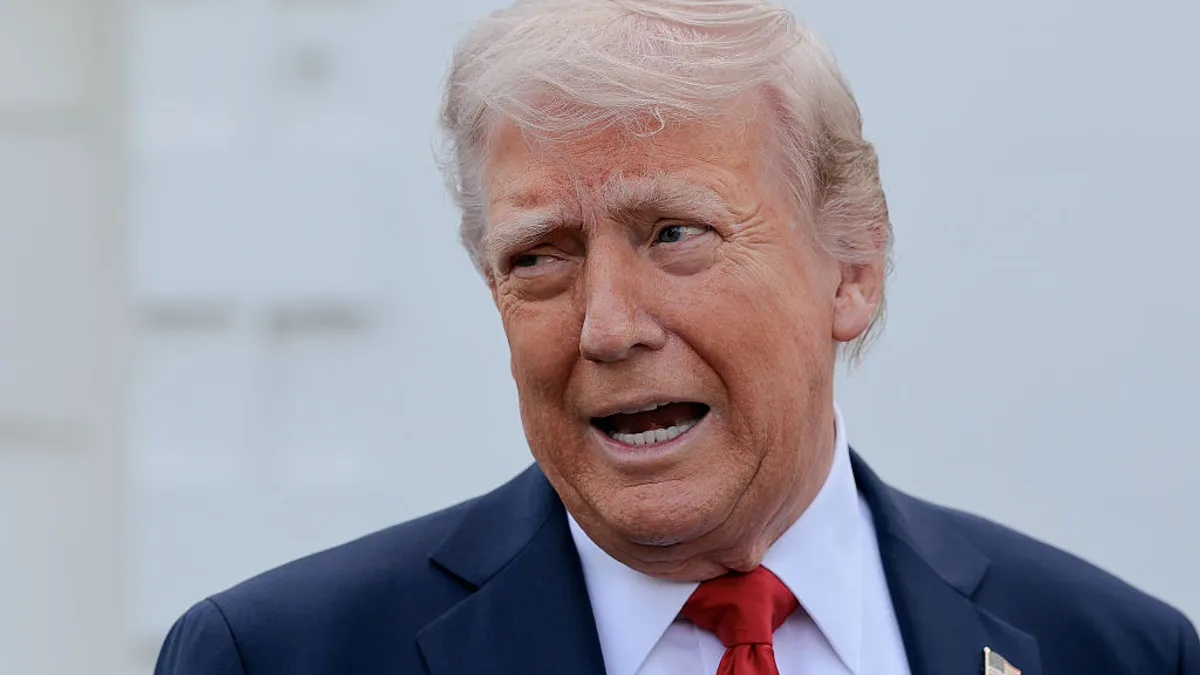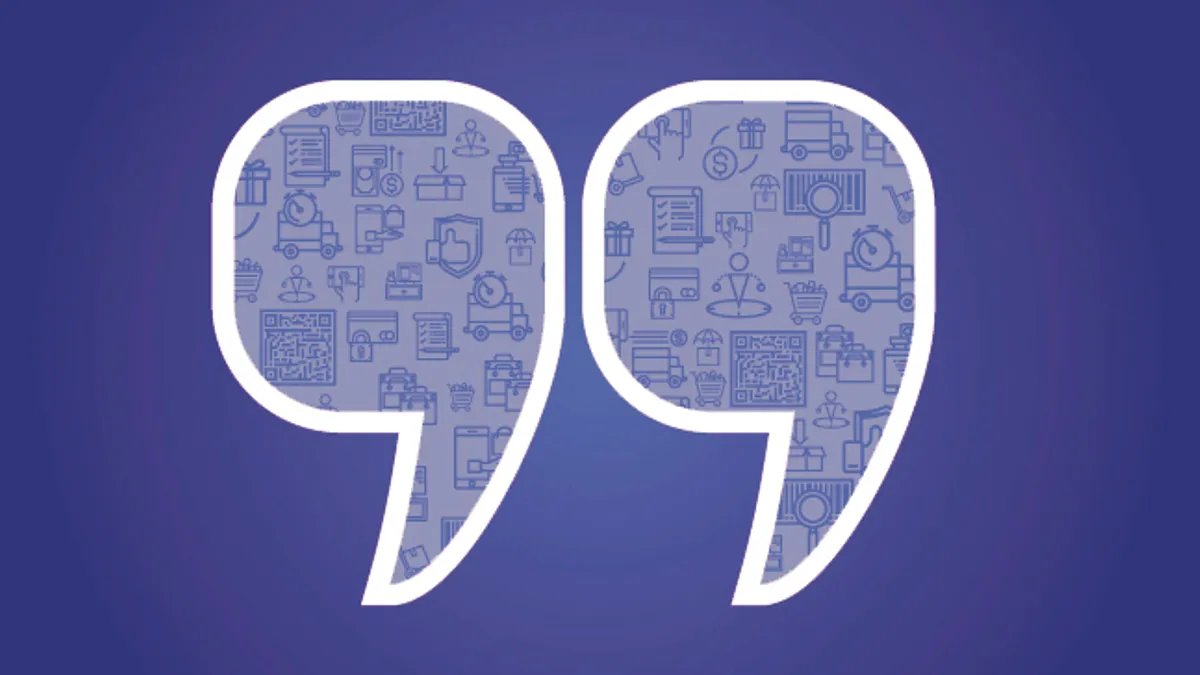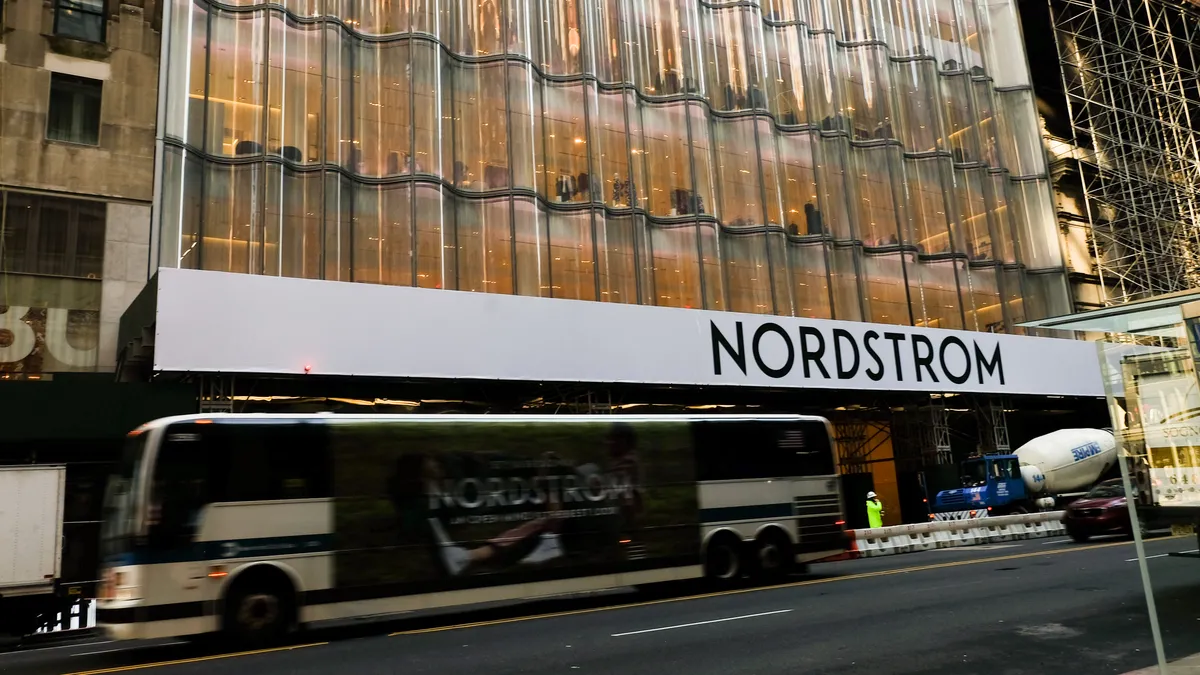Some end-of-year lists feature retailers with the most spectacular sales or profits.
But for this list, we defined "success" a little differently.
Responding to the tremulous changes in the business can be difficult (see: RadioShack. Also see: Abercrombie). But these 10 retail companies each found a way to impress us with their adaptability, innovative policies, and other smart business decisions. These moves, in our opinion, helped them come out on top in 2014.
Let’s see if they can keep this momentum going into 2015.
1. Apple
When Tim Cook took over as CEO of Apple in 2011, many observers wondered when or even if he could make his own mark on the company. Steve Jobs, to put it mildly, is a hard act to follow.
This year seems to have been Cook’s year. In May, the company announced its acquisition of Beats Electronics, including the hire of Beats founders Dr. Dre and Jimmy Iovine as executives. In September the company beat its own expectations with record sales of its larger-than-ever iPhones 6, a preview of its wearable, Apple Watch, and the release of its Apple Pay mobile payments system, which is already credited with helping revolutionize mobile payments.
And in October, Cook penned a highly personal essay in Bloomberg BusinessWeek in which he uncharacteristically discussed his personal life and came out as gay. The move made him the most eminent openly gay business executive in the world and was welcomed in the business and LGBT communities as an important milestone in furthering the rights of LGBT people.
2. Costco
Many retailers have cited stagnant wage growth in a growing but not-quite-there-yet economy as a reason for falling or immobile sales, but few have acknowledged their own role in an economy held up by lower-wage workers. This is what Container Store CEO Kip Tindell calls a “retail funk.”
Tindell is one CEO who believes that retailers will be better off when they pay their workers higher wages. Costco, for its part, has been following that philosophy for years. In addition to hourly pay well above the average, Costco employees enjoy benefits and perks only dreamed of at some other retailers, whose workers deal with not just low pay, but also erratic schedules and other troubling demands. At Thanksgiving, while Wal-Mart Stores Inc. made headlines for a food bank program for its own struggling employees, Costco enjoyed headlines touting that, for the sake of its workers, it would be closed for the holiday.
Yet Costco has also seen sales and profits that beat expectations; its Q3 report included a 7% same-store sales increase over last year, significantly higher than many of its competitors, and growth in all markets.
3. Target
A year after its crippling data breach, Target is enjoying something of a comeback under new CEO Brian Cornell. Although it has closed stores this year, the retailer has seen Q3 sales growth of 2.8% over last year, beating expectations, and says it hasn’t had to rely so much on discounts to lure customers back. The retailer even reported a healthy 43.8% increase in its Canadian sales. It’s also reminding its fans of its design savvy with this year's partnerships with top Pinterest “pinners” to design products.
The retailer is making strides with logistical advances, taking on Amazon with curbside and same-day pickup programs and free holiday shipping with no minimums. It's flexing its tech muscles, too, with innovative programs like its partnership in Google’s Project Tango and Art Copy and Code and its establishment of a Silicon Valley lab.
4. Alibaba
Chinese retailer Alibaba wowed this September with its record-smashing $25 billion IPO and its mind-boggling $5.75 billion one-day sales haul on China’s “Singles Day.”
Now flush with cash, the retail giant is all the more ready to make investments in all kinds of ventures, from filmmaking to payments.
5. CVS/Caremark
CVS this year took the bold step of walking away from $2 billion in annual sales of tobacco products. Despite that, the drugstore retailer somehow saw unexpected Q3 revenue growth of 9.7% over last year.
The move, though, is also helpful to the retailer’s broader aim — to become a health and beauty retailer of a whole new sort, with comprehensive health care services as well as products. Despite pressure from physicians groups, anti-tobacco advocates, and CVS itself, its rivals have not followed suit. But there will likely come a time when drugstores selling cigarettes will seem as incongruous to us as doctors selling cigarettes — something they actually once did.
"This shows ... we're in health care to stay and we're really serious about managing patient care and population health," said Troy Brennan MD, CVS chief medical officer, who also holds a degree in public health.
6. Etsy
Etsy, already a profitable and popular marketplace, has had a busy year. This summer it made its sixth acquisition: French artisanal marketplace A Little Market. It also qualified as a B Corp., which aligns it with strict social standards that appeal not just to buyers and sellers but also to many of the top-notch people they’d like to hire.
In April, Etsy officially became a wholesaler, providing ways for members to sell their products to retailers like Nordstrom, West Elm, and Anthropologie. Sucharita Mulpuru, vice president and principal analyst at Forrester Research, told the New York Times that Etsy Wholesale is providing never-before-possible opportunities for artisans, small retailers, and micro-retailers.
7. Warby Parker & Birchbox
Eyewear retailer Warby Parker opened its first retail store in 2013, and beauty retailer Birchbox followed with its own opening this year. This item technically brings our number of winners to 11, but these two have similar web-to-brick-and-mortar paths. They are both web retail sensations that this year have demonstrated what brick-and-mortar can be.
Warby Parker keeps all four eyes on its customers and stays in touch, making communication a two-way street and paying attention to feedback about all aspects of its operation, from design to marketing, and making even small gestures impressive. It also does good. In a partnership with Vision Spring, the company helps fill a worldwide need for prescription glasses among people in poverty of all ages.
Birchbox, meanwhile, is not only positioning its brick-and-mortar store in New York as a way to feature its products, it’s also using it as a “lab” to help move more online sales, employing iPads with content like reviews, cameras, heat sensors, and wifi analytics. Both stores have helped showcase the added customer service e-retailers can obtain by opening their own brick-and-mortars.
8. Under Armour
While Under Armour makes most of its money in men’s clothing, this year it announced spending of some $15 million on its “I will what I want” campaign to spur its growing sales to women. Its ad featuring muscle-bound ballerina Misty Copeland went viral this summer, with the official video alone approaching 7 million views.
The activewear retailer has reported 18 quarters of 20% or better, perhaps the reason for its confident and against-the-wave decision not to go crazy with discounts on Black Friday or at the holidays.
9. Zappos
Zappos famously eliminated job titles and a traditional management structure long ago, and this year it did away with traditional job postings as well. The e-retailer is leapfrogging over established social media sites like Twitter or LinkedIn to create its own social media site for hiring purposes. The Las Vegas-based Amazon subsidiary says it will have hired at least 450 people this year using technology from recruitment software company Ascendify, which will help sort resumes and social media interactions and match prospects with openings.
The company, which also opened its first-ever brick-and-mortar store in Las Vegas this year, says it’s leveraging technology to get back to what it says is old-school, relationship-based recruiting.
10. Macy’s
If Macy’s seems like its piling on new technology onto new technology — beacon capabilities and expansions of beacon capabilities, smart fitting rooms, mobile search app — that’s because the old-school department store is employing a newfangled Silicon Valley approach, say some observers. In addition to all that tech, Macy’s Chief Omnichannel Officer R.B. Harrison and CIO Larry Lewark have also developed the omni-channel-boosting tech for mobile payments, POS software, and RFID sensors.
“Some of this stuff isn’t going to stick and that’s okay,” Harrison told Boutlon’s CIO Journal. The important part is that the retailer is making visible efforts to bring the traditional department store into the 21st century.







